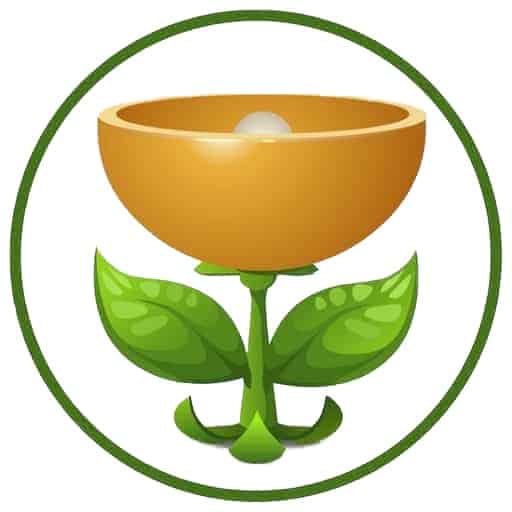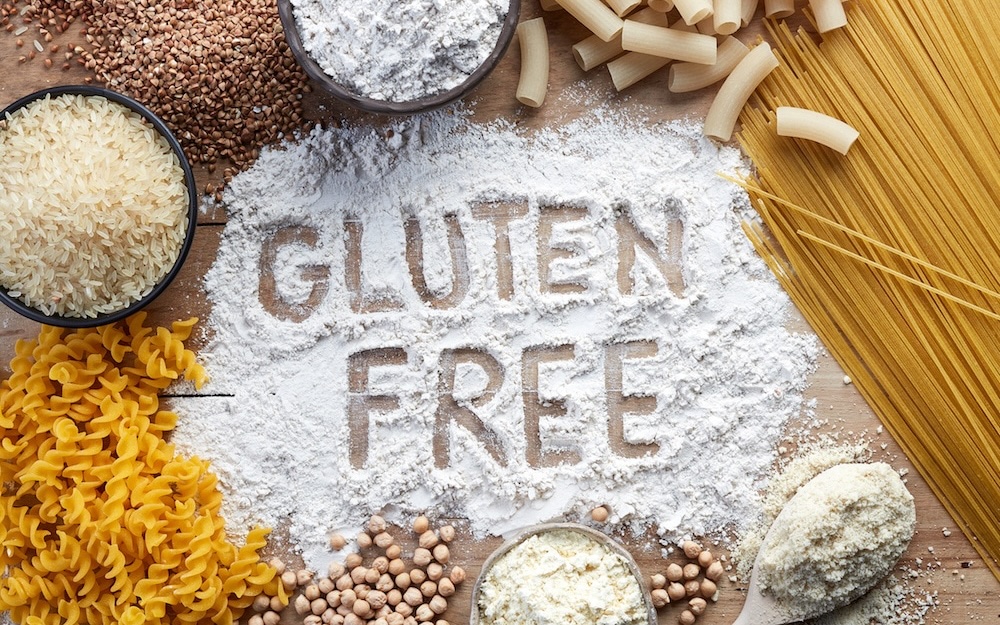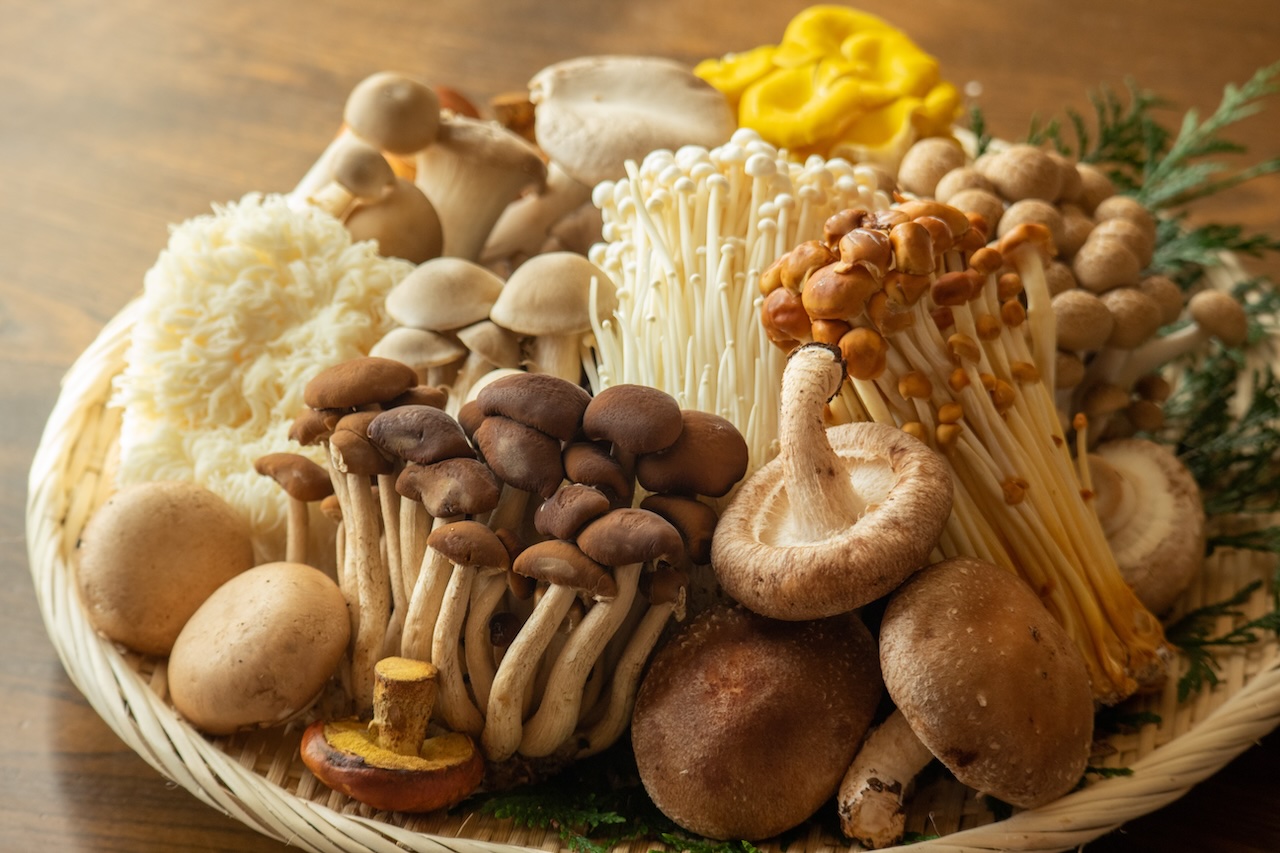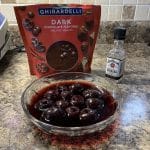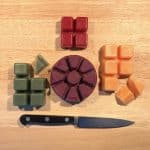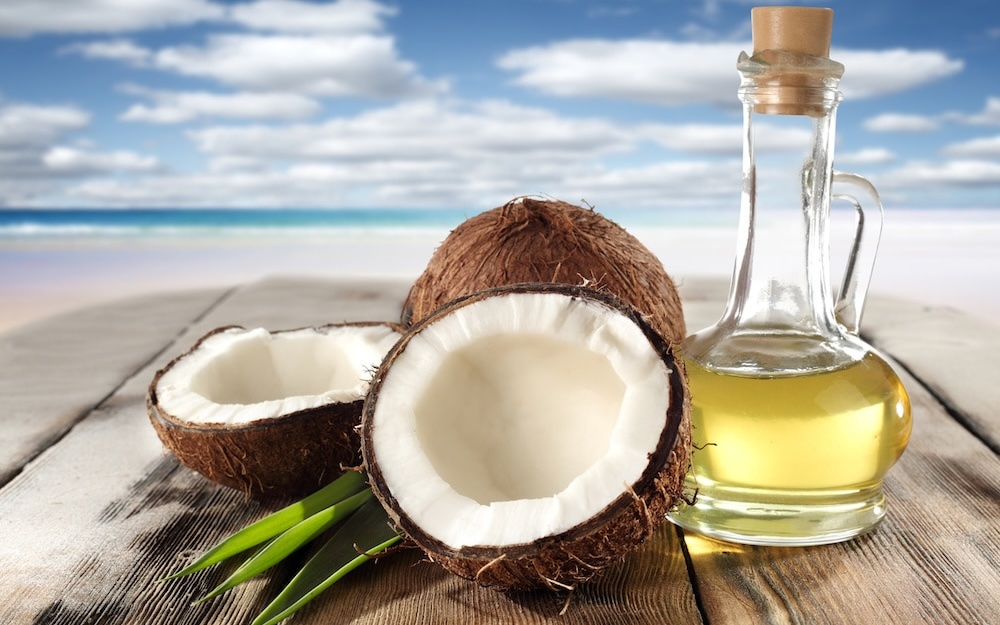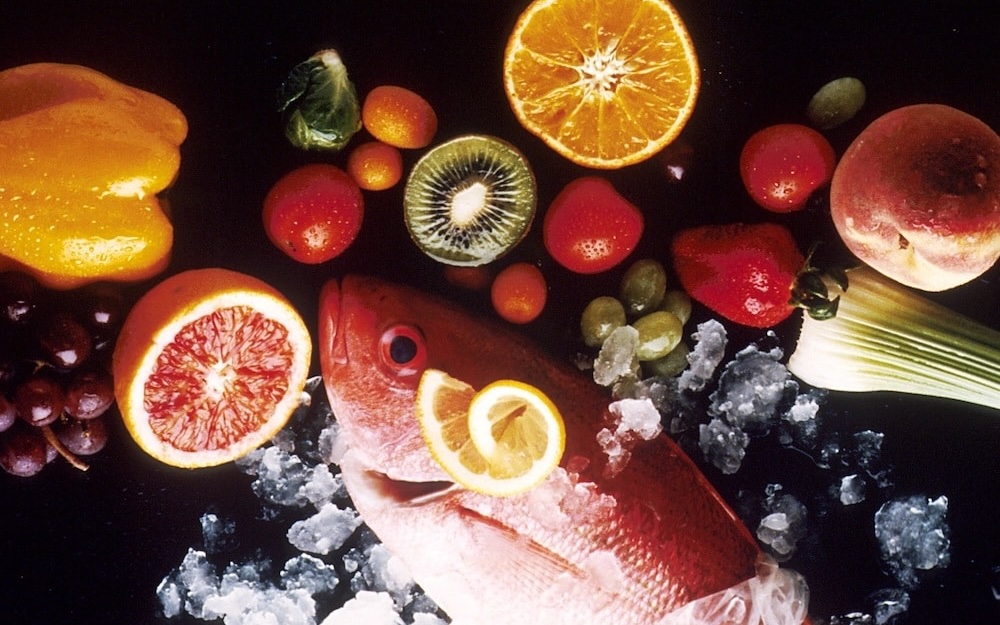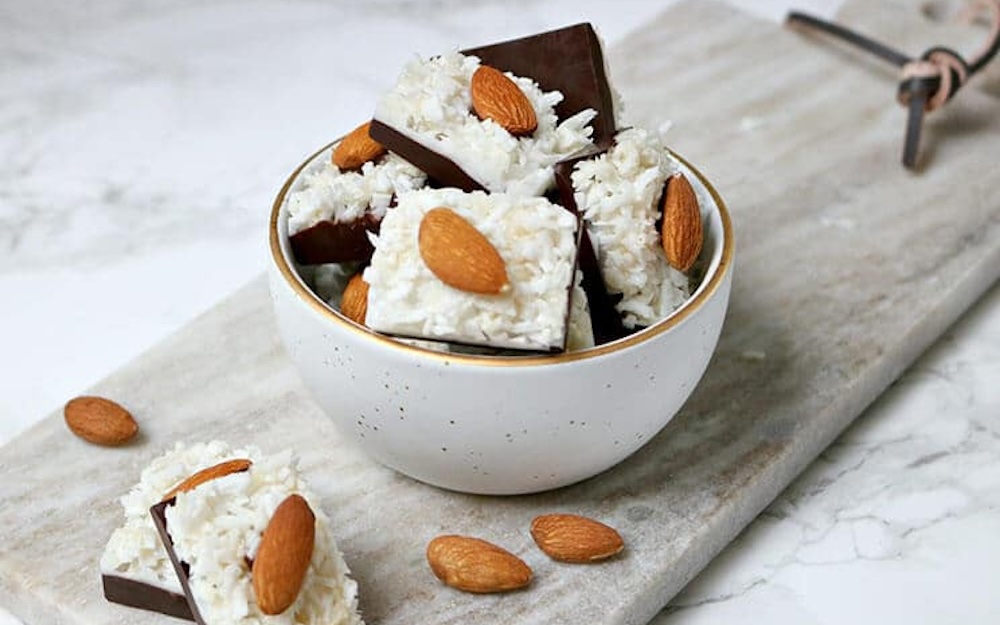What is Gluten?
We hear so much about it but what is it really?
Gluten is the protein found in flour, wheat, rye, sauces, and starches, but it’s a major dietary issue for millions of people around the world. Whether you have celiac disease, digestive problems or joint pain, a gluten-free diet may be what you need to live a healthier life. A health care professional can help you identify gluten sensitivity before you cut it out from your diet completely.
Where Gluten is Found:
- Wheat, rye, barley and some oats
- Processed foods of all kinds (unless it’s gluten-free) including chips, crackers, sandwiches, cookies, meat products, fish, ice cream and breads
- Anything that contains additives or preservatives
- Pasta, alcohol, candy, French fries, beer, pie, cakes, soup, salad dressings (unless marked gluten-free) vegetable sauce, and lunch meats
- ANY foods that include the statement “may contain wheat”
Top Reasons to Go Gluten-Free
- Going gluten-free promotes a healthier lifestyle.
- It helps those suffering from celiac disease, an autoimmune disease that makes the body unable to process and digest fat properly.
- Gluten-free is a good dietary choice for irritable bowel syndrome, wheat allergies, Parkinson’s disease, Alzheimer’s, anemia, and both type 1 and type 2 diabetes
- If you suffer from chronic fatigue, constipation, painful bowel movements, gas, joint pain, dental issues (e.g., stripped enamel) or have a history of miscarriages, those are indications a gluten-free diet may be better for you.
- Gluten-free eating can help certain people with restore health, improve mental clarity and enjoy a pain-free body.
- Eliminating gluten from your diet can help you to shed those unwanted pounds.
- Cutting out gluten can help to decrease the hard work and pressure currently put on your digestive system.
- You may see better skin, a leaner physique and stronger defense against illness.
How to Easily Go Gluten-Free
- Health food stores now have many gluten-free brands! You can still enjoy pizza, bread, deli meat and cookies.
- Trade out any cereal containing malt or bran for corn or rice-based varieties.
- Swap regular pasta for rice noodles
- Become an expert at reading labels. Look for anything that claims to have wheat or wheat products, malt, rye, etc.
- Many crackers won’t be gluten-free, but thankfully popcorn is.
- Plan ahead to prepare gluten-free recipes at home, and bring them along to work for lunch.
Gluten-Free Foods That Taste Great
- Eat potatoes, rice, eggs, chickpeas, legumes, fresh fruit and vegetables, unprocessed meats (including seafood), cheese, dried fruit, olive oil and nuts.
- Freely use jam, jelly, and honey for something sweet to eat
- Drink tea or fresh-squeezed orange juice.
- Enjoy water with apple, watermelon or cucumber slices.
- Dairy products are allowed – just limit your consumption to one 8-ounce glass a day.
- Instead of grains, go with soy, cornmeal, flaxseed, chia seeds, quinoa, arrowroot, buckwheat, teff (an ancient grain from Ethiopia that comprises the staple grain of their cuisines) and tapioca.
- Rather than breaded and fried meats, coat them with coconut oil and seasoning before baking or grilling.
The Bottom Line
Cutting gluten out of your meals can help cure your abdominal and digestive problems, not to mention solve your skin disorders (even when it is hereditary!).
Think of gluten-free not as a diet, but as a lifestyle, and it will become a manageable and healthy way to live your life. Talk to your doctor or nutritionist to see if gluten-free is the best meal plan for you.
Views: 58
